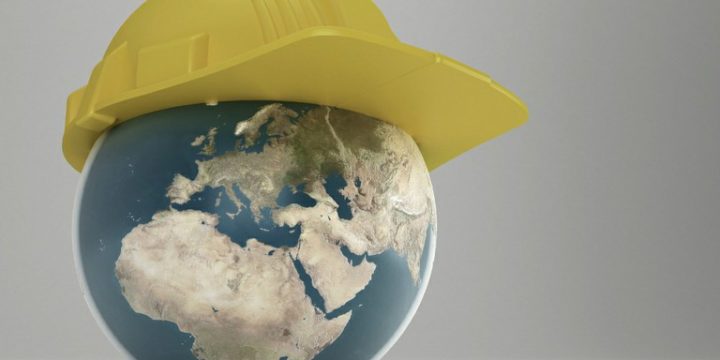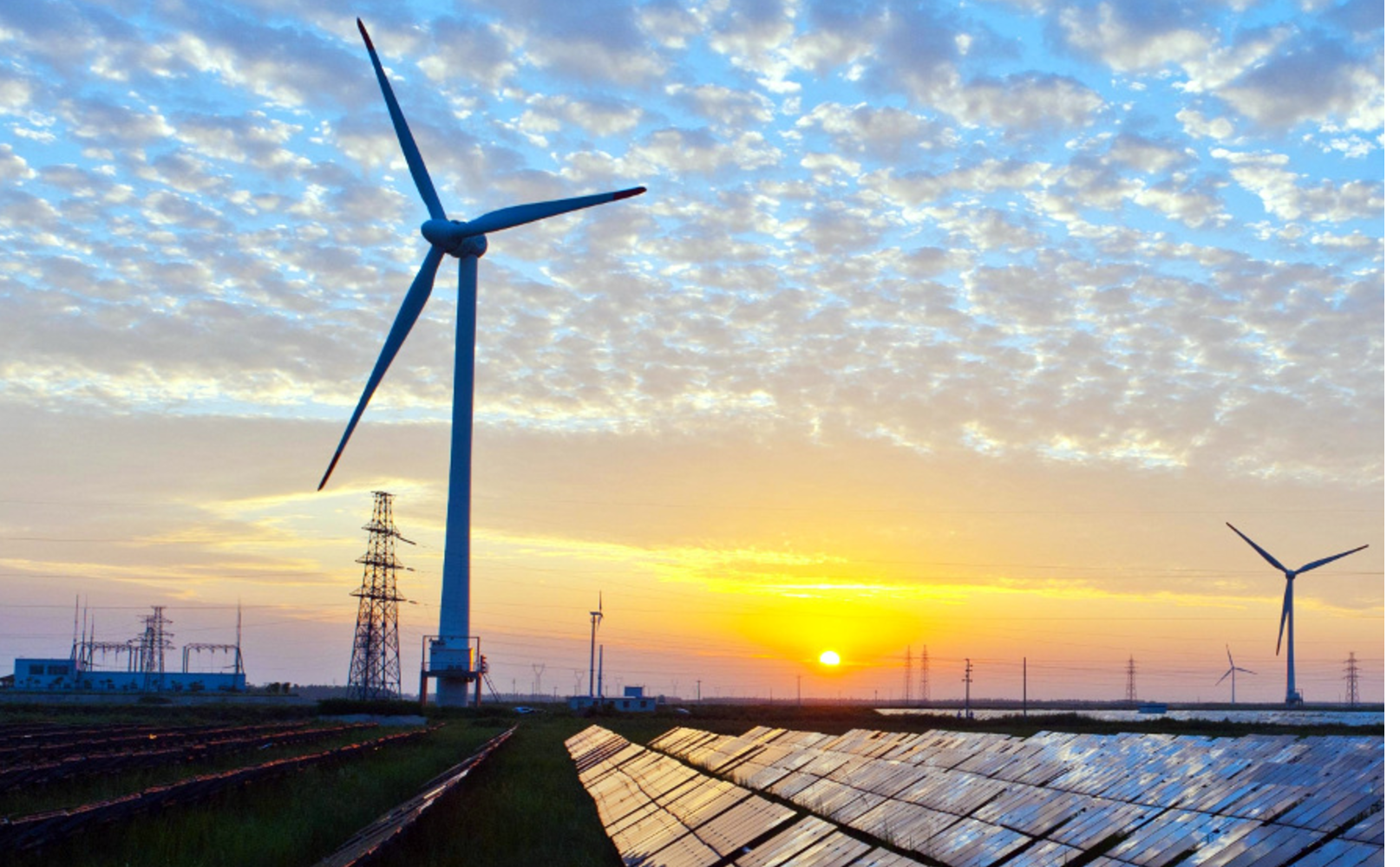
Monitoring traffic with drones
To achieve better traffic conditions and reduce congestion on public roads, transportation designers and traffic planners adjust road designs, transportation constructions, signal operations, etc., after reviewing transportation study reports or traffic simulation models. Generally, the adjustments are applied to meet further traffic demands or solve chronic traffic problems, but what if people want to respond to traffic conditions in realtime? Many tools, such as cameras, sensors and helicopters, are used for real-time traffic monitoring. In addition to these tools, more and more traffic departments are starting to think about using drones. The Ohio Department of Transportation’s DriveOhio Division is planning to use camera drones to monitor highway traffic. $6 million has been given to Ohio State University’s College of Engineering to study how drones can be effective traffic monitoring tools [1].…




